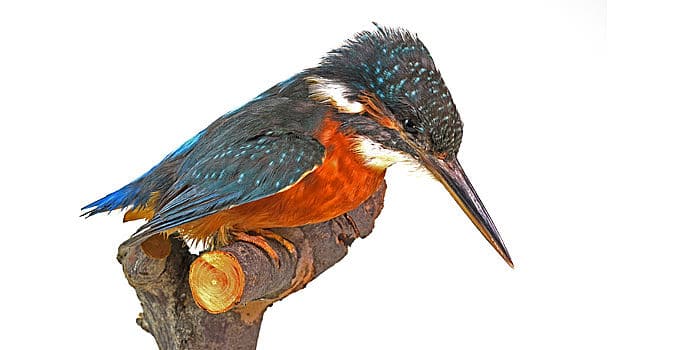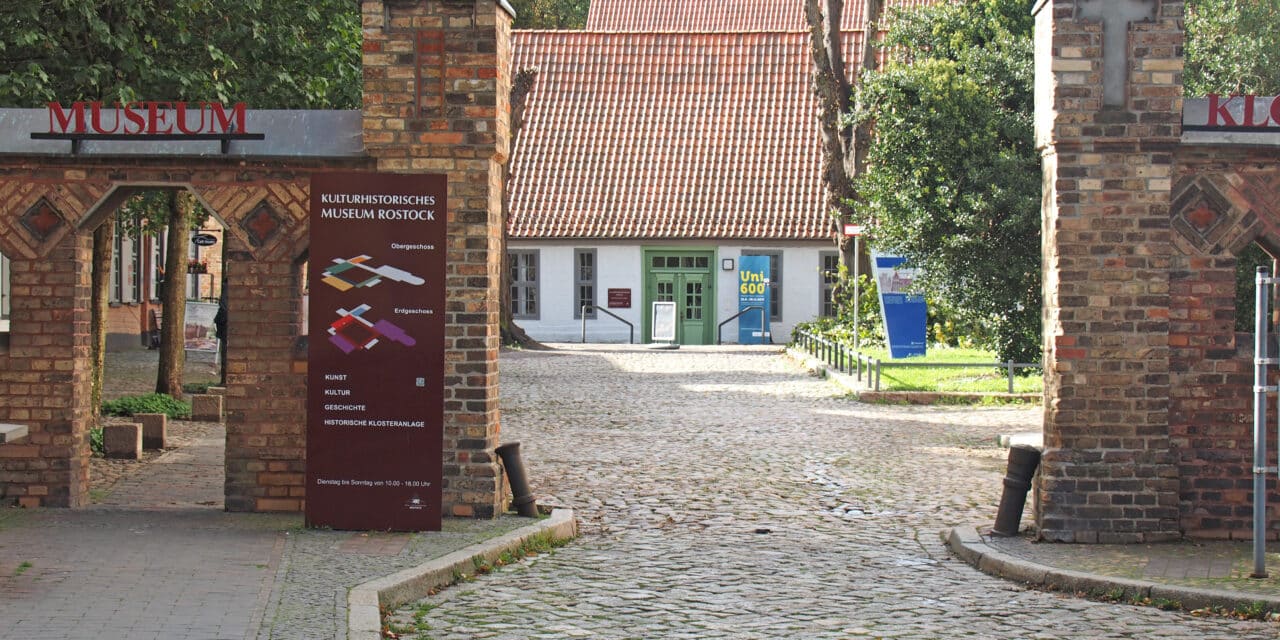Ohne das Wasser der Warnow gäbe es Rostock nicht. Sie ist seit über 800 Jahren die unverzichtbare Lebensader der Stadt, ob als Lieferantin für Trinkwasser, als Antrieb für die Mühlen am Mühlendamm oder als Transportweg in die Ostsee und ins Landesinnere. Das Kulturhistorische Museum Rostock erkundet die historische Beziehung zwischen Stadt und Fluss.
Die Warnow bestimmte über Jahrhunderte in vielen Bereichen den Alltag und das wirtschaftliche Leben Rostocks. Am Hafen arbeiteten Händler, Fischer und Bootszimmerleute, an den Nebenarmen der Warnow östlich der Stadtmauer die Gerber, Fleischer und Bruchfischer. Wer abseits vom Fluss Wasser benötigte, musste es mit viel Aufwand durch die Straßen und Gassen der Stadt tragen. Vor allem frisches Trinkwasser war entsprechend wertvoll. Aus Brunnen und aus Teichen vor der Stadt wurde es mit viel Aufwand in die Stadt geschafft. Bevölkerungswachstum und Industrialisierung stellten Rostock im 19. Jahrhundert dann vor gewaltige Herausforderungen. Die Schaffung einer zentralen Wasserversorgung mit Trinkwasser aus der Warnow war vielleicht der wichtigste Schritt auf dem Weg zur Großstadt.
17. März bis 16. Juni 2024
www.kulturhistorisches-museum-rostock.de

Eisvogel, Alcedo atthis, aus der Ausstellung „Rostock und die Warnow” © Zoologische Sammlung der Universität Rostock












